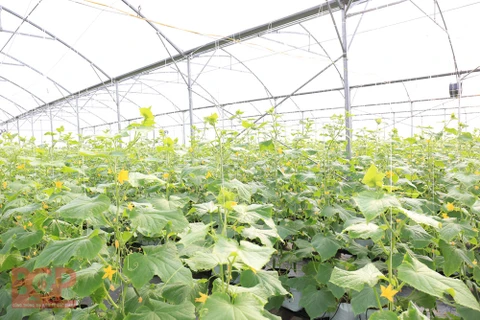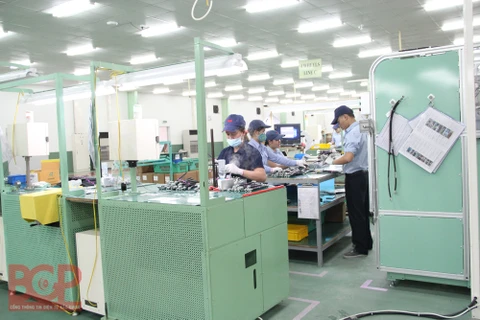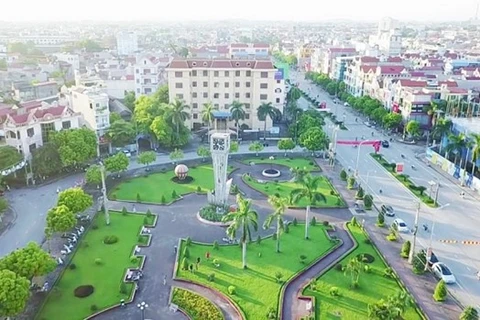During the 2021-2025 period, vocational training establishments in the province will provide training to 147,500 workers. The rate of university graduates gaining employment after they complete their studies is to reach more than 90 percent.
To meet these goals, Bac Giang is focusing on planning vocational training establishments in an open and flexible manner, ensuring the scale and structure of professions being offered. The province will also continue to review and arrange public colleges and schools in a streamlined way, focusing on medicine, pharmaceuticals, and health care, while introducing several vocational training support policies.
It will also upgrade infrastructure and training equipment at vocational training establishments, so they are more appropriate for the Fourth Industrial Revolution.
By 2020, the province was home to 44 vocational training establishments that offered training to nearly 36,000 people each year in a total of 109 professions.
During 2016-2020, local vocational training establishments provided training to more than 155,200 people in the priority fields of industry, construction, and services (totalling nearly 87 percent).
As part of a project on improving the quality of vocational training for rural workers under the National Target Programme on New Rural Development for the 2016-2020 period, Bac Giang allocated over 43.8 billion VND in support of training 15,386 rural workers.
As of last year, the rate of skilled workers in the province stood at 70
Until the end of 2020, the province prepared necessary conditions, especially in infrastructure and human resources as well as land, in anticipation of foreign investment, especially from multi-national groups.
The province was set to complete dossiers and submit to the Prime Minister for making decisions on several investment proposals, including a project to build infrastructure for the Vietnam-Republic of Korea industrial park, along with the addition of two industrial-urban-service areas of Yen Son-Bac Lung and Yen Lu into the national master planning on industrial parks development to 2020.
At the same time, Bac Giang concentrated on speeding up the implementation of projects, especially those on construction of infrastructure in industrial parks and clusters of Hoa Phu, Quang Chau, and Song Khe-Noi Hoang, thus creating a land fund for investment attraction.
Bac Giang has also worked to ensure that the expansion of industrial parks and clusters is made in association with the protection of security and defence, as well as the protection of ecological environment and food safety.
In industrial clusters, Bac Giang will call for small and medium-scale projects in production, which use local workers, with priority on projects in food and agricultural product processing.
As of mid-2020, Bac Giang had 1,322 hectares of industrial parks and 1,384 hectares of industrial clusters.
The province attracted 1,269 domestically-invested projects worth over 88 trillion VND (3.79 billion USD at current exchange rate), along with 461 foreign-invested projects with combined capital of more than 6.1 billion USD.
Despite the impacts by the COVID-19 pandemic, in the first six months of 2020, Bac Giang enjoyed a 9.2 percent year-on-year growth in industrial production to 115 trillion VND, fulfilling 41.8 percent of the locality’s target for the whole year.
In the period, production of the State-owned sector grew 10 percent, while that of the non-State sector fell 2.6 percent, and FDI firms rose 11.6 percent. Businesses enjoying increase in production included Fuhong Precision Component with 704 billion VND, Vina Cell Technology with 962 billion VND, and Sjtech VN with 1.16 trillion VND./.
























